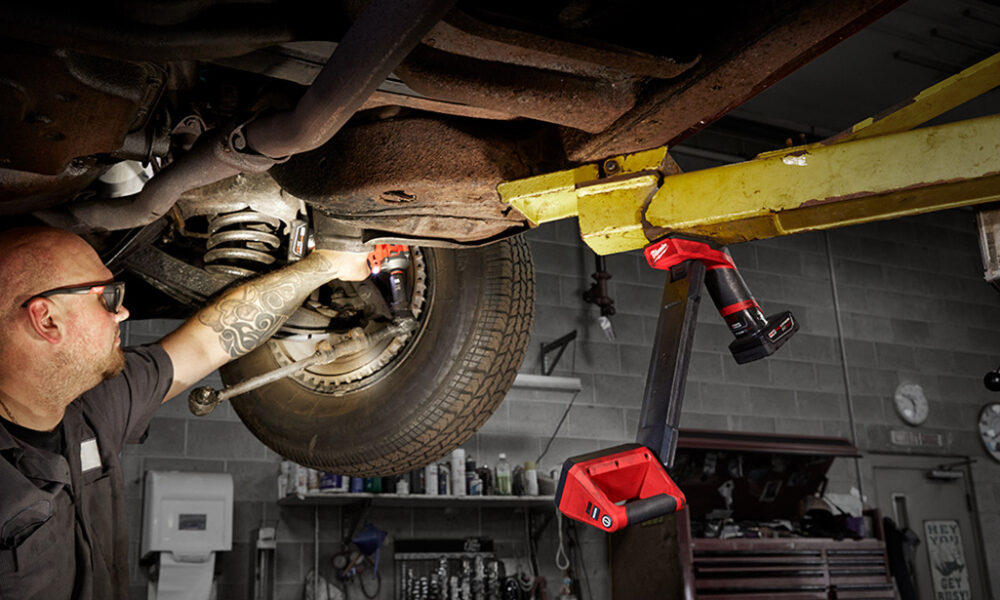Lifting Your Vehicle: Exploring Modern Automotive Maintenance Tools

Have you ever found yourself wondering how to safely and efficiently lift your vehicle for maintenance tasks? Whether it’s changing a tyre or conducting more extensive repairs, having the right tools can significantly streamline the process. In the world of automotive care, understanding and utilising modern maintenance tools can elevate your skills and ensure that your vehicle receives the care it requires.
Understanding Vehicle Lifts: Types and Uses
Vehicle lifts, including a car hoist, are available in various types, each designed for specific vehicles and tasks. Hydraulic floor jacks are versatile and capable of lifting heavier loads with ease. These jacks utilise hydraulic fluid to exert force, making them ideal for lifting vehicles quickly and efficiently.
On the other hand, scissor jacks offer a more compact solution, perfect for emergencies or situations where space is limited. Understanding the differences between these lifts will help you choose the right tool for your maintenance needs, whether you’re working on a sedan, SUV, or truck.
Essential Tools for Safe Lifting
Safety is paramount when working with automotive lifts. Alongside your chosen jack, investing in jack stands equipped with secure locking mechanisms is crucial. Jack stands to provide stable support for your vehicle once it’s lifted, preventing it from accidentally lowering or shifting.
Additionally, wheel chocks play a vital role in securing the vehicle’s wheels to prevent any unintended movement. Together, these tools create a safe environment for maintenance work, reducing the risk of accidents and injuries.
Hydraulic Floor Jacks: Efficiency in Action
Hydraulic floor jacks are prized for their efficiency and hoist capacity. These jacks operate by pumping hydraulic fluid into a cylinder, which then lifts the vehicle. Their design allows for quick elevation and precise control, making them a favourite among automotive enthusiasts and professionals alike.
When selecting a hydraulic floor jack, consider factors such as lifting range, weight capacity, and ease of manoeuvrability. These features ensure you can safely lift your vehicle and perform maintenance tasks with confidence.
Portable Options: Scissor Jacks and Their Benefits
Scissor jacks offer a portable and straightforward solution for lifting vehicles. These jacks use a mechanical screw mechanism to lift the vehicle, making them ideal for roadside emergencies or routine maintenance.
Despite their smaller stature compared to hydraulic jacks, scissor jacks can still provide sufficient lifting power for many maintenance tasks. Understanding when and how to use a scissor jack effectively can enhance your ability to perform quick repairs or tyre changes wherever you may be.
Advancements in Electric Car Hoists
The advent of electric vehicles (EVs) has prompted advancements in lifting technology to accommodate their unique characteristics. Electric car hoists are designed with features tailored to EVs, such as specialised lifting points and compatibility with charging port locations.
Furthermore, these hoists ensure safe and efficient maintenance procedures specific to electric vehicles, supporting the growing demand for EV maintenance solutions in the automotive industry. Whether you own an electric car or plan to work on it professionally, investing in an electric car hoist can streamline maintenance tasks and enhance overall efficiency.
Safety Features to Look For
When selecting a vehicle hoist, prioritise models equipped with built-in safety features. These features may include overload protection mechanisms, which prevent the jack from lifting beyond its capacity, ensuring safe operation.
Additionally, look for jacks made from durable materials such as steel or aluminium alloy, which offer strength and reliability under load. Understanding and utilising these safety features protects you and your vehicle during maintenance and contributes to the longevity and performance of your hoisting equipment.
Choosing the Right Tool
Choosing between hydraulic and mechanical lifting tools involves considering several factors. Hydraulic jacks excel in lifting heavy vehicles quickly and smoothly, thanks to their hydraulic fluid-powered operation. They are favoured for their speed and ease of use in professional automotive settings.
In contrast, mechanical jacks, such as scissor jacks, operate manually through a mechanical screw mechanism. While slower in operation, mechanical jacks are dependable and require no external power source, making them suited for emergencies or distant places where electricity or hydraulic systems may not be available.
Maintaining Your Lifting Tools: Tips for Longevity
Regular maintenance is essential to ensure your hoist performs reliably over time. Before each use, inspect your jacks for signs of wear or damage. Lubricate moving parts as recommended by the manufacturer to the prevent rust or ensure smooth operation. Store your jacks in a clean, dry environment to protect them from moisture and debris that could affect their performance.
Mastering the art of lifting your vehicle involves understanding the capabilities of modern automotive maintenance tools and selecting the right tool for each task. Whether you’re performing routine maintenance or addressing unexpected repairs, having the proper lifting equipment ensures safety, efficiency, and peace of mind throughout your automotive care journey.





